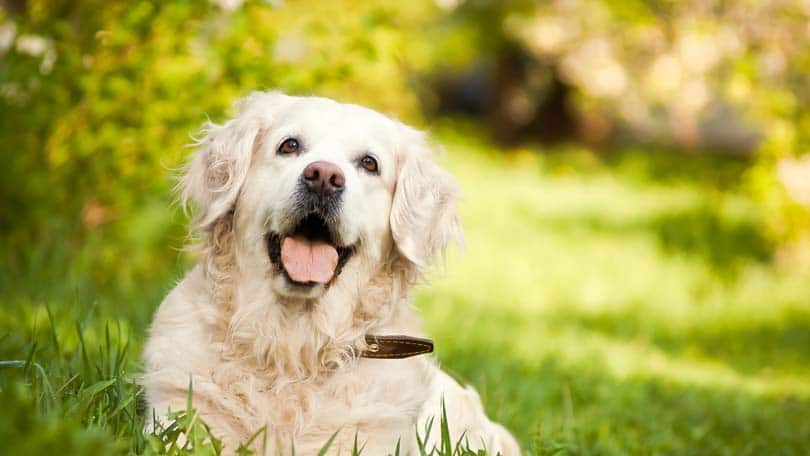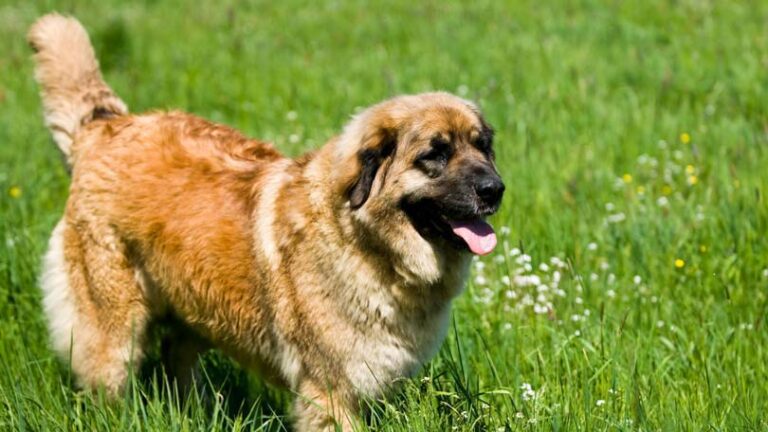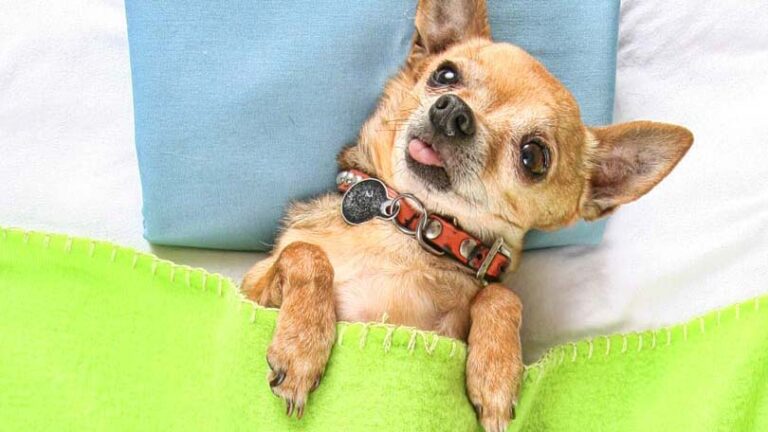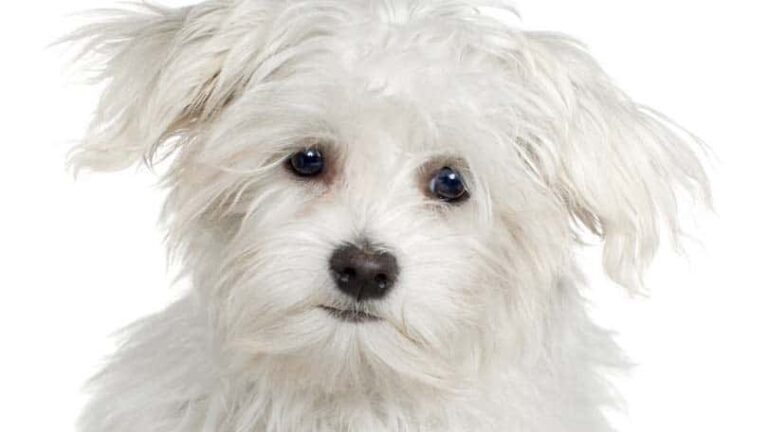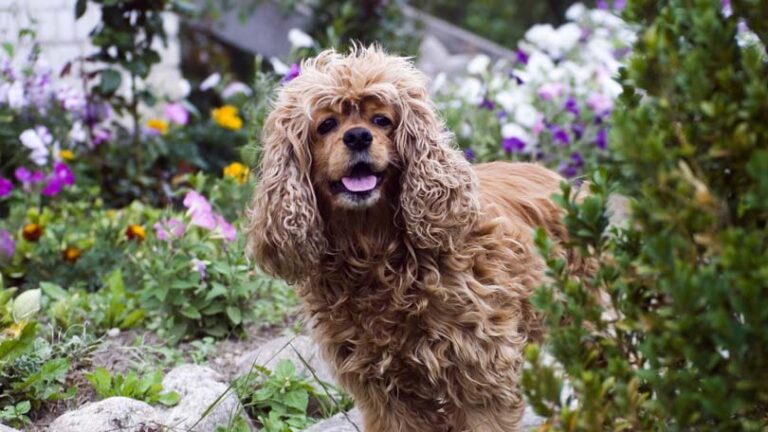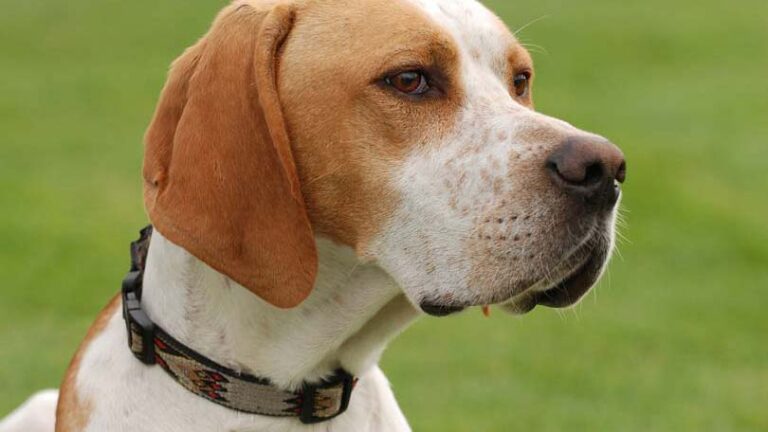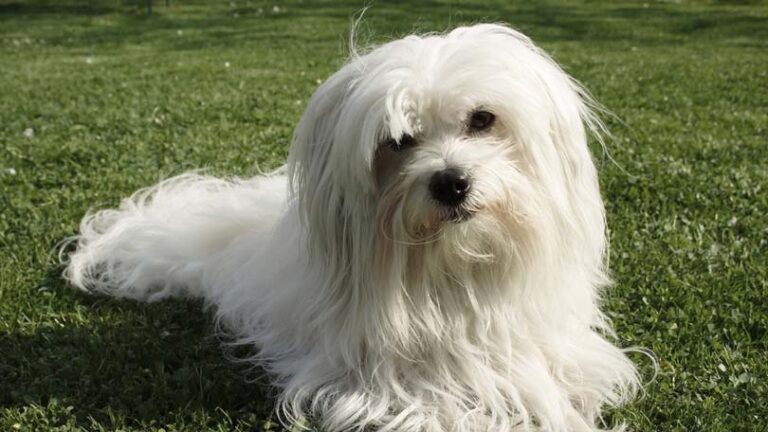What is a Dog’s Ideal Weight?
Obesity is not just a human epidemic. In North America, obesity has swept through our pets as well with more and more animals developing weight-related diseases that were almost unheard of twenty years ago. Diabetes, osteoarthritis, tears to the anterior cruciate ligaments, heart and respiratory disease, and pancreatitis are all on the rise among our four-legged friends. Meanwhile, diseases that are normally prevented by a healthy immune system are also on the rise due to the increased body fat levels inhibiting this normal function.
But how many of us can tell if a dog is overweight? What is a dog’s ideal weight? Each dog is different and just because the breed standard says your dog should weigh between X and Y does not mean that is the ideal weight range for your pet. Each dog is different and the only way to judge what is a dog’s ideal weight is to understand what is ‘normal’ and what is under or overweight.
What is a Dog’s Normal Weight
The normal weight for a dog is dependent on their gender, breed, their height, their bone structure, and their exercise levels. Dogs are individuals just like humans and just because two Greyhounds are twenty-seven inches at the withers does not mean they will weigh the exact same weight.
Gender plays a significant roll in what is a dog’s ideal weight. Like humans, males carry more muscle and since muscle weighs four times fat, a little extra muscle goes a long way for increasing what the scale may read.
To combat this muscle/fat ration, instead of getting wrapped up in what the scale says, learn to use your eyes and your hands to judge what is your dog’s ideal weight.
It is easier to ‘see’ your dog’s true weight on short-haired dogs. Muscles, ribs, and vessels should be visible on a dog that is at it’s ideal weight, especially when exercising. In a relaxed stand position, the last two to three ribs should be easily visible from the side with a nice tuck up from the chest to the abdomen. From above, your dog should also have a natural and easily visible ‘waist’ that tucks in between the ribs and the hips.
Long haired or fluffy dogs may be more difficult to ‘see’ whether they are at, above, or below their ideal weight. Your hands can soon feel what condition your dog is in however. Dig your fingers through the fur and make sure you can easily feel ribs below a thin padding of fat. How much is that tuck up between his chest and waist? Move the fur aside and make sure that he has a physical ‘waist’, not just the illusion on one. From above, can you tell whether he tucks in after his ribs on his sides or does he go straight back without any change between the ribs and hips?
Consciously checking his weight at least once a week and then feeding accordingly is a vital part of keeping your companion in tip top shape.
Once you have established that your dog is under, over, or at his ideal body condition, put him on a scale to find out what that number is, but only as a guide. Body condition tells far more about the fat to lean tissue ratio then what the scale may say so always use your hands if you are in doubt about what the scale is telling you.
How to Feed a Dog to Maintain his Ideal Weight
Feeding according to his body condition may take a little to get used to but once you have adjusted your thinking, you will find that it makes complete sense.
The principle is actually very simple: feed your dog at each meal for how much body fat he is carrying at that time. Too often, with humans and dogs, we develop the habit of eating or feeding our dog a specific level. We get used to dishing out a cup of kibble twice a day and never deviate from that amount until we notice that our pup has either lost a dramatic amount of weight or, more likely, gained an extra roll or two.
Instead of dishing out the kibble, say to yourself ‘hey, Fido is looking a little pudgy today’ and cut back his kibble by 5 or 10% for a couple of days until he is back to his ideal or normal weight. Conversely, you could increase the amount of exercise he receives each day until he is back to normal. A combination of both is preferable. Once he has reached his ideal weight, increase his food again but not quite as much as what he was eating when he put the weight on in the first place. Say an increase of 3 to 7%. In theory, this should help him maintain his weight but watch him closely. If he keeps losing, add a bit more. If he gains, decrease it again.
By making these daily adjustments, you will find your dog always maintains his ideal weight and body condition without too much work on your part. The habit of feeding to his body condition each day will quickly become a habit while the increased health and energy levels of your four-legged companion will be reward enough for the little extra work involved at feeding time!

Having discovered a fondness for insects while pursuing her degree in Biology, Randi Jones was quite bugged to know that people usually dismissed these little creatures as “creepy-crawlies”.

